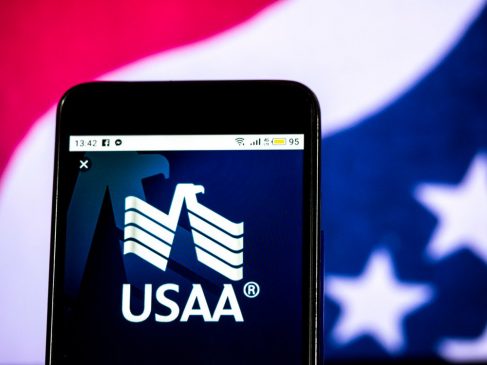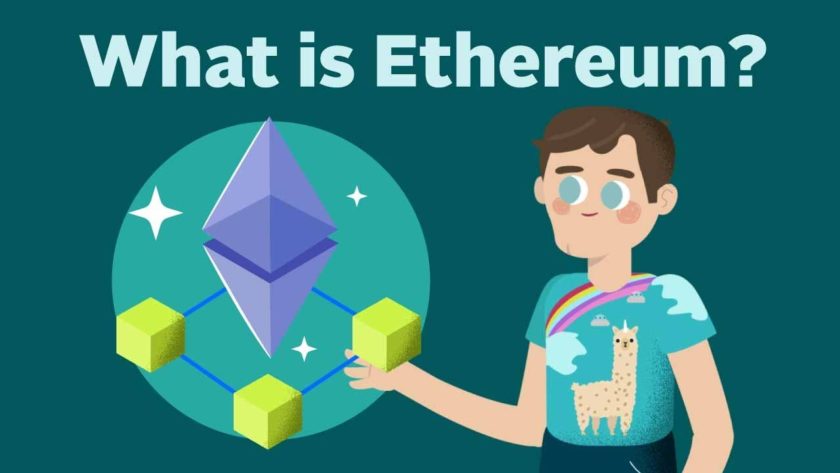By CCN: USAA and State Farm have reportedly closed a deal that will see them using the blockchain to pay each other.
So when two people get in an accident, and they’re represented by either of the companies, the company that has to pay will eventually be using a blockchain solution to settle the inter-company payment.
Billions Per Year Settled On Blockchain
The claims amount to billions of dollars a year, which is a lucrative volume that blockchains can settle in minutes. The advent of stablecoins and clearer regulations have renewed interest from traditional institutions.
State Farm made its blockchain project public last year, but USAA wasn’t part of the announcement. Now the partnership is general information.
Instead of issuing billions of dollars to each other via checks, the new blockchain system will make regular settlements between them. The new efficient system will save time and fees for both companies, as well as time. A State Farm representative told Coindesk that many other insurance companies could join the party.
In a few short months, major companies like Whole Foods have announced the integration of cryptocurrency.
Huge! Amazon-Owned Whole Foods Buoys Crypto by Accepting Bitcoin https://t.co/DivgUdoTHo
— CCN.com (@CCNMarkets) May 13, 2019
Meanwhile, the price of Bitcoin has continued to stampede back toward $10,000. State Farm and USAA are probably not the last significant corporations we’ll hear from this year. The companies are using a blockchain technology called Quorum.
In simple terms, the applications of blockchain for a typical conglomerate are numerous, and some of them are unpredictable. An insurance company can use the blockchain to keep track of every aspect of a vehicle and to make seamless payments to customers and other companies. Companies can have a transparent accountability process in place as a result of the basic design of most blockchains.
How Many Ways Can Blockchain Disrupt Each Industry?
Alternatively, permissioned sidechains have emerged, where corporate users can choose to have less information be publicly available while still enjoying the other benefits of the blockchain.
Some may argue that the blockchain will never have a purpose beyond the simple ledger of money, but when significant companies create demand for the blockchain, its limitless potential starts to be exposed.
It’s unknown at this time exactly how many industries will ultimately have some form of blockchain disruption driving them over the coming decades. At a minimum, specific government processes such as voting can be made more transparent.
In a peak blockchain world, we might even expect governments to get on board with their own fiat-backed tokens. There’s no reason to think such tokens wouldn’t perform equally as well if first-world central banks issued them instead of rebel outfits like Venezuela and Iran.




